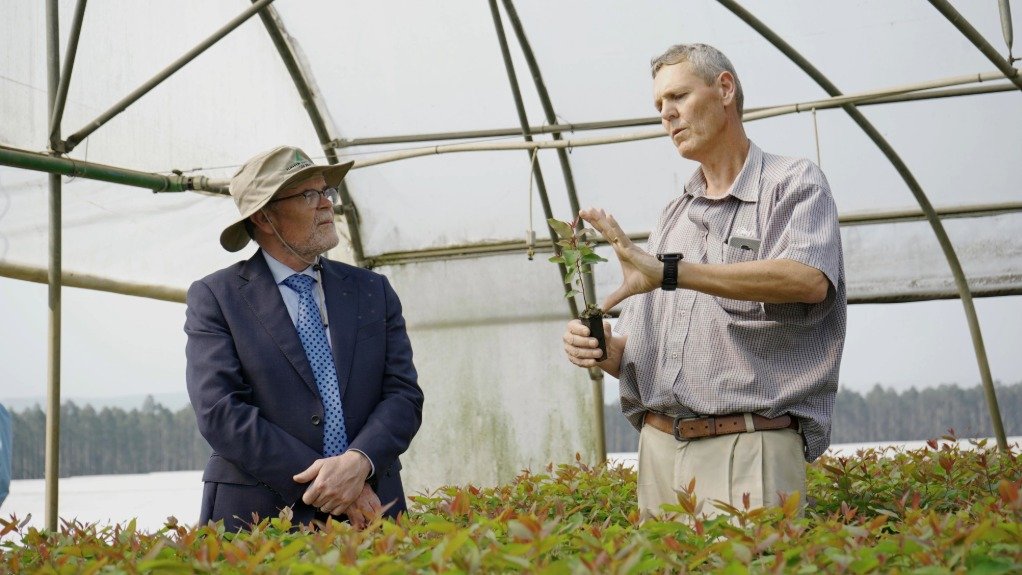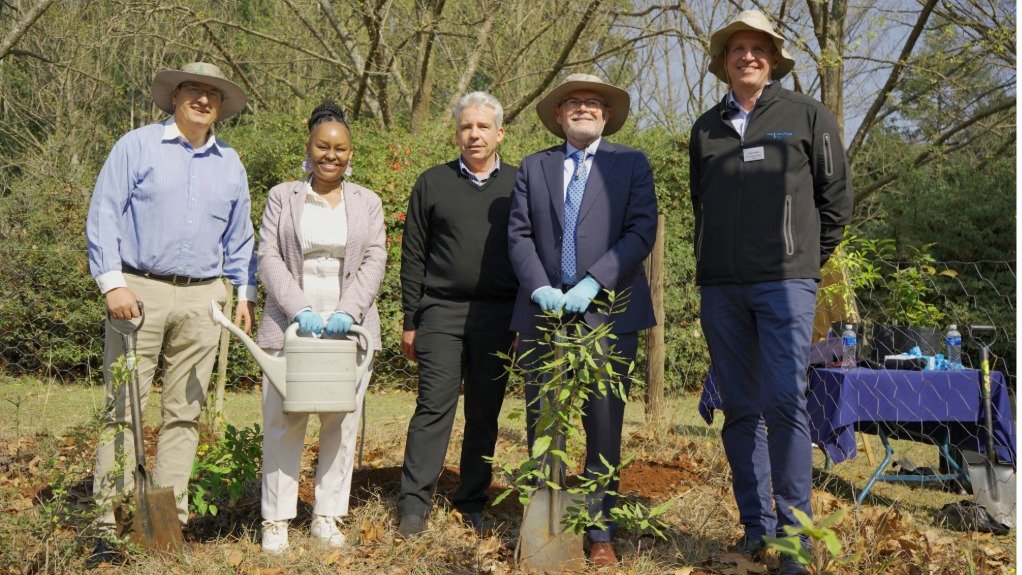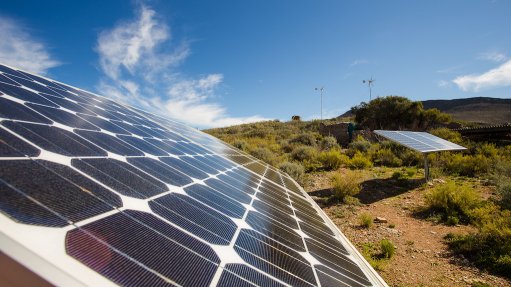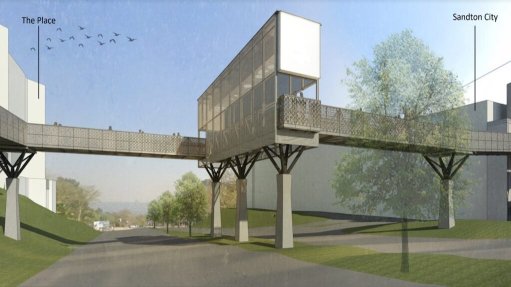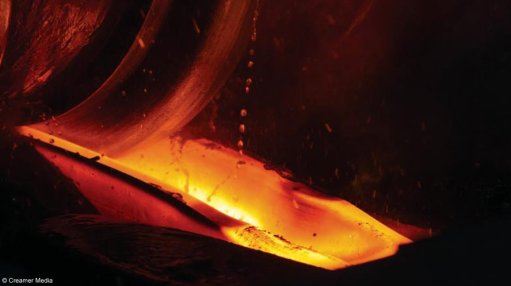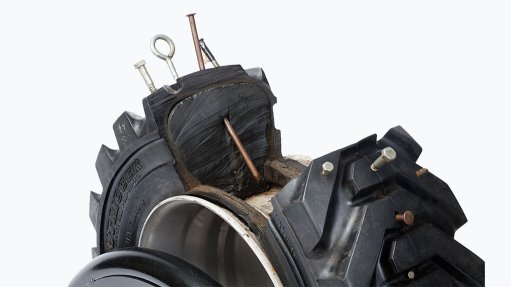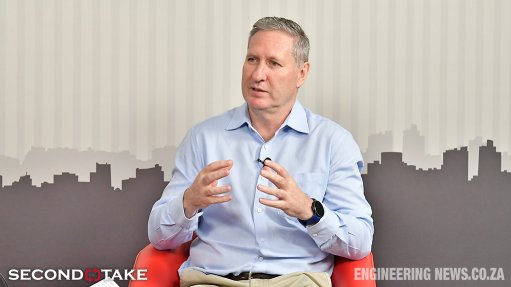Celebrating Arbor Month: Sappi’s commitment to indigenous forests
This article has been supplied and will be available for a limited time only on this website.
At Sappi, our commitment to forest conservation extends far beyond Arbor Month. While September shines a spotlight on South Africa’s rich natural heritage, it also reminds us of our ongoing responsibility as stewards of vast landholdings—including precious indigenous forests that require protection, restoration, and respect every day of the year.
While commercial forestry helps meet timber demand sustainably, we’ve gone further: actively conserving natural forest patches and investing in research to reintroduce rare tree species threatened by overharvesting. With hundreds of plant species harvested for traditional medicine — a R2.9 billion industry serving 27 million South Africans1 — the stakes extend beyond biodiversity to the livelihoods rooted in this vital sector.
“We are celebrating indigenous trees during Arbor Month,” says Duane Roothman, Vice President of Sappi Forests. “Trees offer clean air, shelter for biodiversity, and deep roots that enrich the soil with organic matter. Beyond supporting ecosystems, they sustain communities. Their bark, leaves, and roots form the backbone of traditional medicine, providing remedies passed down through generations and supporting millions of South Africans. That’s why we’re committed to protecting these forests and restoring species lost to overharvesting—their healing power nourishes both the land and the lives that depend on it.”
Managing our indigenous forests with expert support
This Arbor Month, we’re spotlighting the indigenous forest patches on Sappi land—covering approximately 7% of our total land holdings—and the steps we’re taking to protect and manage them. These biodiverse areas play a vital role in supporting wildlife, preserving rare plant species, and maintaining ecological balance, and we’re working closely with biodiversity experts to help them thrive.
Although indigenous forests make up a smaller portion of Sappi’s natural areas, the company continues to apply conservation measures guided by leading science and expert advice to ensure their long-term survival. In line with this commitment, we partnered in 2024 with The Biodiversity Company—leading South African biodiversity consultants—to deepen our understanding and improve the management of these areas.
Their work began with detailed assessments of Sappi’s landholdings, which included some of the 28 indigenous forest patches designated as part of the 156 officially proclaimed Important Conservation Areas (ICAs). The Sappi portion of the Karkloof Nature Reserve comprises indigenous forest with a variety of threatened trees such as Black Stinkwood. The other Sappi-owned nature reserves also contain forest patches that are of high biodiversity value and part of critical biodiversity areas.
The goal? To equip our forestry staff with updated management plans and practical guidelines that support biodiversity and improve ecological health. One memorable moment from the field came at the Clan plantation in KZN, where a snake and a chameleon were spotted crossing the road —which may sound like the start of a joke, but it sparked real change. Wildlife crossing signs have since been installed to alert drivers and protect these small but significant forest dwellers.
The Biodiversity Company has provided key management recommendations that enhance the forestry ecosystems within Sappi land. Sappi allocates and spends significant resources to clear Invasive alien plants, and these restoration efforts also create significant employment opportunities, amounting to 266,375 person-days of work, during the last financial year. Notably, a portion of this work was carried out by emerging enterprises that are currently being trained and mentored through Sappi’s Enterprise Supplier Development (ESD) programme, fostering inclusive economic participation and capacity building.
Restoring what’s at risk
Beyond managing what already exists on our land, we’re also looking ahead, working to restore and safeguard species that are at risk of disappearing altogether.
Sappi’s Rare, Threatened and Endangered Species (RTES) Programme has been working since 2014 to protect South Africa’s most vulnerable plant species. Initially focused on Warburgia salutaris, a medicinal tree threatened by wild harvesting, the programme has successfully cultivated and distributed thousands of nursery-grown plants to ease harvesting pressure and support long-term conservation. Building on this success, the programme now includes four additional species, each with unique propagation challenges.
Among the new additions are Ocotea bullata (Black Stinkwood), Prunus africana (Red Stinkwood), and Curtisia dentata (Assegai). Early research at Sappi’s Shaw Research Centre has shown promising results for Prunus and Curtisia, with over 70% rooting success. However, Ocotea bullata has proven more difficult to propagate due to its slow growth and chemical defences, prompting a shift toward seed-based conservation. To ensure genetic diversity, Sappi is establishing a seed orchard using wild-sourced material from its own landholdings. This effort is supported by permits and collaboration with local nurseries.
Efforts to collect viable Ocotea seed include canopy monitoring, GPS mapping, and experimental grafting—all part of a broader strategy to build a genetically diverse conservation orchard. As propagation protocols for Prunus africana and Curtisia dentata near completion, the RTES Programme is preparing to add new species such as Cryptocarya woodii (Cape Laurel) and Cryptocarya latifolia (Wild Quince). These trees are increasingly used by traditional healers as substitutes for Ocotea bullata, highlighting the ripple effects of overharvesting. By proactively expanding the programme, Sappi aims to safeguard not just individual species, but the broader ecosystems and cultural practices that depend on them.
An Arbor Week highlight for Sappi
In a fitting tribute to Arbor Week, we were honoured to welcome the Minister of Forestry, Fisheries and the Environment, Minister Dion George, to Sappi’s forestry operations in KwaZulu-Natal, in collaboration with PAMSA and Forestry SA. The educational visit provided the delegation with a firsthand look at our ongoing conservation efforts, including key highlights from our RTES programme. He was also introduced to the Miyawaki-style arboretum at our Shaw Research Centre, established in 2024.
Inspired by the pioneering work of Japanese botanist Akira Miyawaki, this method involves planting indigenous trees in dense clusters to accelerate growth and restore biodiversity within compact spaces. With enthusiastic support from our staff, the arboretum is envisioned as a living classroom for plant identification, a sanctuary for local wildlife, and a lasting symbol of our commitment to ecological restoration and indigenous stewardship.
On 2 September, Minister George together with industry colleagues, ceremonially planted six indigenous species at the Centre, marking a meaningful step in our journey to nurture resilient ecosystems and inspire future generations.
Comments
Press Office
Announcements
What's On
Subscribe to improve your user experience...
Option 1 (equivalent of R125 a month):
Receive a weekly copy of Creamer Media's Engineering News & Mining Weekly magazine
(print copy for those in South Africa and e-magazine for those outside of South Africa)
Receive daily email newsletters
Access to full search results
Access archive of magazine back copies
Access to Projects in Progress
Access to ONE Research Report of your choice in PDF format
Option 2 (equivalent of R375 a month):
All benefits from Option 1
PLUS
Access to Creamer Media's Research Channel Africa for ALL Research Reports, in PDF format, on various industrial and mining sectors
including Electricity; Water; Energy Transition; Hydrogen; Roads, Rail and Ports; Coal; Gold; Platinum; Battery Metals; etc.
Already a subscriber?
Forgotten your password?
Receive weekly copy of Creamer Media's Engineering News & Mining Weekly magazine (print copy for those in South Africa and e-magazine for those outside of South Africa)
➕
Recieve daily email newsletters
➕
Access to full search results
➕
Access archive of magazine back copies
➕
Access to Projects in Progress
➕
Access to ONE Research Report of your choice in PDF format
RESEARCH CHANNEL AFRICA
R4500 (equivalent of R375 a month)
SUBSCRIBEAll benefits from Option 1
➕
Access to Creamer Media's Research Channel Africa for ALL Research Reports on various industrial and mining sectors, in PDF format, including on:
Electricity
➕
Water
➕
Energy Transition
➕
Hydrogen
➕
Roads, Rail and Ports
➕
Coal
➕
Gold
➕
Platinum
➕
Battery Metals
➕
etc.
Receive all benefits from Option 1 or Option 2 delivered to numerous people at your company
➕
Multiple User names and Passwords for simultaneous log-ins
➕
Intranet integration access to all in your organisation



